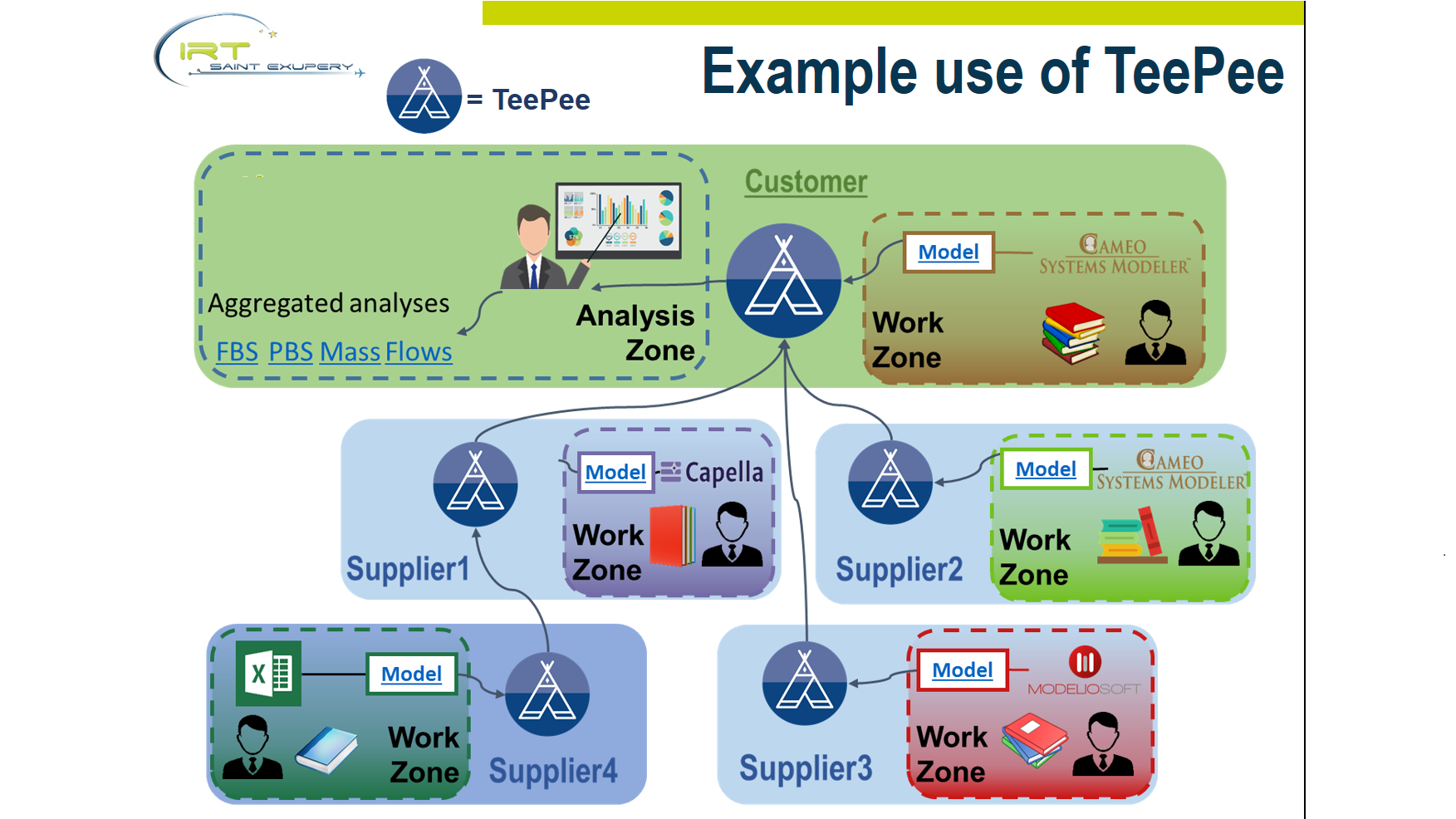The development of a new product becomes more and more challenging as design complexity increases and manufacturing demand is high. Indeed, a large number of analyses must be performed, based on various data sources from each stakeholder, to validate their requirement. As a consequence, modeling and data structuration are more and more seen as enablers for an unambiguous communication in the so-called Extended Enterprise. However, the de facto heterogeneity of data, methods and tools within the Extended Enterprise leads to the same misunderstandings as with classical textual documents written in natural language. By selecting the set of data that shall be exposed for an analysis and agreeing on a higher level of abstraction, it is possible to take advantage of Systems Engineering data structuration and to build a digital continuity along the development process. As a result, the quality of each analysis is improved thanks to the possible automation of the input data’s validation. The time to find incomplete or inconsistence data is reduced and wrong outputs are avoided. Moreover, the duration required to perform each analysis is drastically cut down by avoiding repetitive tasks with no added value. The idea is to apply to space domain a methodology developped at IRT Saint Exupery with severeal members (Airbus, Safran, Thales, Liebherr, ISAE-SUPAERO, LAAS, ONERA...) that enables a shared vision on a system structural architecture. Thanks to its proof-of-concept tool named TeePee, it will be possible to perform an extendable set of structural analyses (Functional Breakdown Structure, Product Breakdown Structure, Mass analysis, Functional flows...) on heterogenous (e.g. OCDT, OPEN, Capella, Enterprise Architect, Excel...) and distributed (each company stores itw own) models. Goal is to generate an IP free space study case so that systems engineers of the whole space supply chain can understand the benefits of MBSE at the extended enterprise scale.

